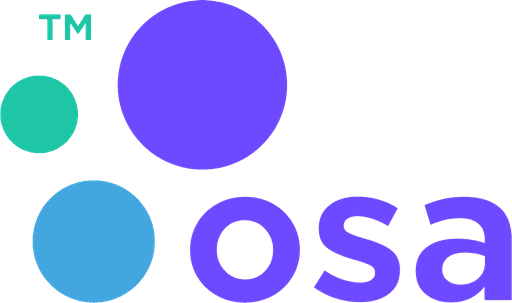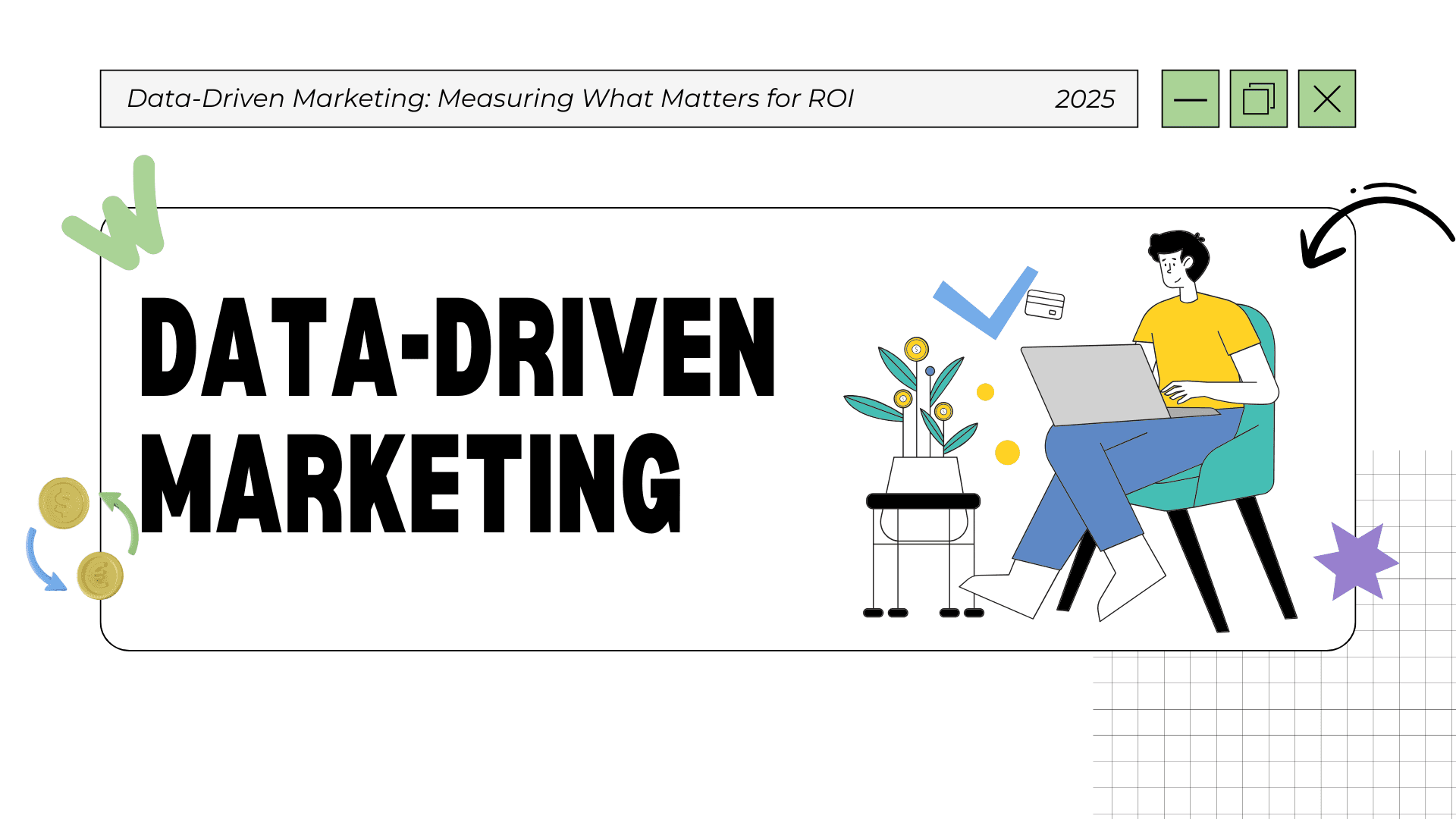Building Brand Identity That Converts: A Complete Digital Branding Guide
Feb 2, 2025
Introduction
Your brand identity is more than just a logo—it's the complete visual and emotional experience that determines whether customers choose you over competitors. Companies with strong brand identities achieve 23% higher revenue growth and 3x better customer loyalty.
What is Brand Identity?
Brand identity encompasses all visual elements that represent your business:
Logo design and variations
Color palette and typography
Photography style and imagery
Voice and messaging tone
Digital assets and templates
Why Brand Identity Drives Conversions
Trust and Credibility
Consistent branding builds trust. 75% of consumers judge business credibility based on visual design quality.
Recognition and Recall
Strong brand identity increases recognition by 80%, leading to higher conversion rates.
Emotional Connection
Brands that connect emotionally with customers see 2x higher lifetime value.
Core Elements of Effective Brand Identity
1. Logo Design Strategy
Logo Types That Convert
Wordmarks: Best for service businesses (Google, FedEx) Symbols: Ideal for established brands (Apple, Nike) Combination marks: Perfect for new businesses (Adidas, Burger King)
Logo Design Principles
Simplicity: Works across all platforms
Memorability: Easy to recall and recognize
Versatility: Functions in various sizes and formats
Relevance: Reflects business values and industry
2. Color Psychology in Branding
Colors That Drive Action
Red: Creates urgency (Coca-Cola, Netflix)
Blue: Builds trust (Facebook, LinkedIn)
Green: Suggests growth (Spotify, Android)
Orange: Encourages enthusiasm (Amazon, Firefox)
Color Strategy Tips
Use 2-3 primary colors maximum
Ensure accessibility with proper contrast
Test colors across digital and print media
Consider cultural meanings for global brands
3. Typography Selection
Font Categories
Serif: Traditional, trustworthy (Times, Georgia) Sans-serif: Modern, clean (Helvetica, Arial) Script: Elegant, personal (Brush Script, Pacifico) Display: Bold, attention-grabbing (Impact, Bebas)
Typography Best Practices
Limit to 2-3 font families
Ensure readability across devices
Maintain hierarchy with size and weight
Test loading speed for web fonts
Digital Brand Identity Essentials
Website Brand Integration
Header Design
Prominent logo placement
Consistent navigation styling
Brand color integration
Clear value proposition
Content Styling
Branded color scheme
Consistent typography
Professional imagery
Call-to-action buttons
Social Media Branding
Profile Optimization
Consistent profile images
Branded cover photos
Unified bio messaging
Brand-aligned content themes
Content Strategy
Visual template system
Brand voice guidelines
Hashtag strategy
Story highlight covers
Email Marketing Design
Template Elements
Branded header design
Consistent color scheme
Professional typography
Clear call-to-action buttons
Brand Identity Development Process
Phase 1: Brand Discovery (1-2 weeks)
Market research and competitor analysis
Target audience definition
Brand positioning workshop
Values and mission clarification
Phase 2: Visual Concept Development (2-3 weeks)
Logo concept creation
Color palette selection
Typography system design
Initial brand guidelines
Phase 3: Digital Asset Creation (2-4 weeks)
Website design integration
Social media templates
Email marketing designs
Business card and stationery
Phase 4: Brand Guidelines Documentation (1 week)
Logo usage rules
Color and typography specs
Application examples
Brand voice guidelines
Measuring Brand Identity Success
Key Performance Indicators
Brand Recognition Metrics
Unaided brand recall: 15% increase target
Social media mentions: Track growth monthly
Website direct traffic: Monitor brand searches
Conversion Metrics
Email open rates: Well-branded emails see 26% higher opens
Click-through rates: Consistent branding improves CTR by 33%
Customer acquisition cost: Strong brands reduce CAC by 20%
Customer Loyalty Indicators
Net Promoter Score (NPS): Target 50+ for strong brands
Customer lifetime value: Track quarterly improvements
Repeat purchase rate: Monitor monthly trends
Common Brand Identity Mistakes
1. Inconsistent Application
Using different logo versions or colors across platforms confuses customers and weakens brand recognition.
2. Following Trends Over Strategy
Trendy designs may look outdated quickly. Focus on timeless elements that reflect your brand values.
3. Neglecting Digital Optimization
Ensure brand elements work across all digital platforms, from mobile apps to social media.
4. Lack of Documentation
Without proper brand guidelines, teams may misuse brand elements, diluting your identity.
Brand Identity Investment ROI
Typical Investment Ranges
Startup branding: $2,000 - $8,000
Small business rebrand: $5,000 - $15,000
Enterprise brand refresh: $20,000 - $100,000+
Expected Returns
Revenue growth: 15-25% increase within 12 months
Customer acquisition: 30% improvement in conversion rates
Market positioning: Enhanced competitive advantage
Industry-Specific Branding Considerations
Healthcare Branding
Trust indicators: Professional typography, calming colors
Compliance: HIPAA-compliant design elements
Accessibility: High contrast, readable fonts
Technology Branding
Innovation signals: Modern typography, tech-inspired colors
Scalability: Responsive design systems
User experience: Intuitive interface elements
Retail Branding
Purchase motivation: Action-oriented colors and messaging
Product showcase: Photography style guidelines
Omnichannel consistency: Unified online/offline experience
Future of Brand Identity Design
Design Trends for 2025
Sustainable branding: Eco-friendly color palettes and messaging
Inclusive design: Accessible and diverse visual representations
Dynamic logos: Adaptive designs that change based on context
3D elements: Dimensional logos and graphics for digital platforms
Technology Integration
AI-powered personalization: Custom brand experiences
Voice branding: Sonic logos and audio signatures
AR/VR applications: Immersive brand experiences
Getting Started with Brand Identity
DIY vs. Professional Design
When to DIY
Very limited budget (under $1,000)
Simple service business
Testing market viability
When to Hire Professionals
Serious business investment
Competitive marketplace
Multiple stakeholder buy-in needed
Complex brand architecture
Choosing the Right Design Partner
Evaluation Criteria
Portfolio quality: Relevant industry experience
Process transparency: Clear development stages
Strategic thinking: Beyond visual design
Communication style: Collaborative approach
Conclusion
Building a brand identity that converts requires strategic thinking, quality design execution, and consistent application across all touchpoints. Invest in professional brand development to create a memorable identity that drives customer action and business growth.
Ready to build a brand identity that converts? Contact our branding experts for a free brand audit and strategy consultation.



